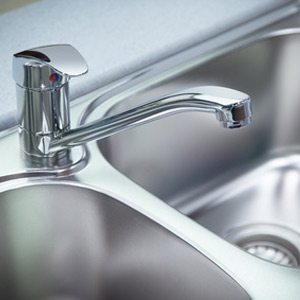All your water heater questions and concerns under one roof. We have the answers and solutions to your water heater questions.
Water Heaters are found in both homes and businesses. Many water heater services can offer same day water heater replacements. Have a water heater leak? Concerned about a broken water heater? Have a water heater emergency? We have the answers! As well as water heater tips and guidelines for water heater troubleshooting.
Don't find your self in a water heater emergency. Plan ahead and be prepared by knowing a local professional water heater specialist that you can trust.
Water Heater Information
So what exactly is a water heater? How does it work? This is a brief description on how your water heater works.
Water Heater Tank Types
Most water heaters are tank type hotwater heaters; this means there is a tank that holds an amount of water that can be from 5 gallons to a couple of hundred gallons of water.
This water is heated inside the hotwater heater tank by a number of different fuel sources. I will cover what is unique about each of the different fuel sources further down the page but for now I want to mention what is common with all tank type water heaters.
Many people believe that a water heater empties when in use, then refills with new water that is then heated, this is not true, water heaters are always full, and when hot water goes out cold water comes in. The cold water is directed to the bottom of the hot water heater, either by way of the dip tube or the water inlet connected at the bottom of the tank. All hot water heaters must have a T & P relief valve (temperature and pressure relief valve), (some people call it an overflow valve, it is not) this valve is designed to relieve the pressure inside the water heater tank before it reaches a dangerous level, most are set at 150 PSI (pounds per square inch) and 210 degrees Fahrenheit, this relief valve needs to have a pipe connected to it that runs down to about 6 inches above the floor, this is to protect you from a very bad burn, if the relief valve is not piped to the floor, it can discharge 210 degree water in to your face, 140 degree water can scald you 210 degree water will cause a severe burn. The T & P valve must be tested every year to make sure it is operating properly; it needs to be inspected once a year and should be replaced every 3 years a defective relief valve can cause your hot water heater to explode.
Most tank type hot water heaters have a sacrificial anode rod inside the tank; this anode rod attracts the rusting in the water caused by oxygen and minerals, prolonging the life of the water heater tank, this rod is replaceable. Water heaters that come with longer warrantees usually come with 2 anode rods. Once the anode rods deteriorate, the rust starts working on the hot water heater tank. How long an anode rod lasts depends on the make up of your water.
All Tank type water heaters come insulated from the factory and do not need the extra insulation provided by the water heater blankets that are available; some water heater manufacturers will void the warrantee on the hotwater heater if you use the water heater blankets.
Information provided by MasterPlumber.netThis article is only meant to give you general information on water heaters. Consult with a local plumbing professional to insure you are making the smartest and safest decision.



